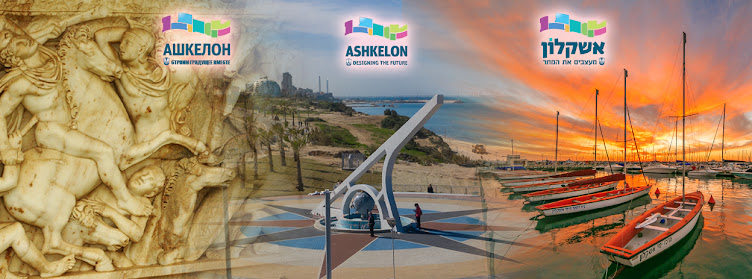The city of Ashkelon keeps traces of many civilizations and many religions.
For those who are interested in the ancient
times of human history, this is the place through which people who left Africa
passed before settling all the continents.
For those who are interested in the ancient
history of seafaring, this is the oldest port in the world.
For the Jews, Ashkelon begins with a
confrontation between the heroic judge Samson and the pagan Philistines.
For Christians, Ashkelon is a city where many luxurious churches were built during the Byzantine period.
Two Byzantine churches were excavated in the
present-day "Barnea" microdistrict. In the vicinity of Ashkelon, 35
Byzantine settlements of the 4th-7th centuries AD were discovered. They served
as the agricultural rear of the city.
It was under the Christians that Ashkelon
became a tourist area. Among the tourist attractions of the city during the
Byzantine Empire were wells, which, according to tradition, were dug in the
time of Abraham.
The Jews at that time were the only minority
in the city who were allowed to keep the precepts of their religion and have a
synagogue. From the synagogues, fragments of a decorated lattice with a relief
of a menorah, a shofar and an etrog, as well as inscriptions in Hebrew,
remained.
With the Muslim conquest in the seventh
century AD, the city gained great importance in the Muslim tradition, among
other things, due to the belief that 70,000 people will be resurrected in the
city of Ashkelon – those who will be freed from responsibility for their
earthly actions - sins committed while alive...
In 1153, the Muslim city fell to the
crusaders, who saw Ashkelon as one of the central seaports on the way to
Jerusalem.
Crusader rule did not last long, and the
Muslims, led by the Mamluk Sultan Baibars, retook it in 1270. Fearing that the
Crusaders would find refuge within its walls and be able to rebuild the city,
the fortress and the port, the Muslims destroyed the city.
Over the following centuries, the city was
abandoned, and only with the establishment of the State of Israel, Ashkelon was
restored and re-populated. And it turned into a flourishing city that learns
its history and designs tomorrow.


No comments:
Post a Comment